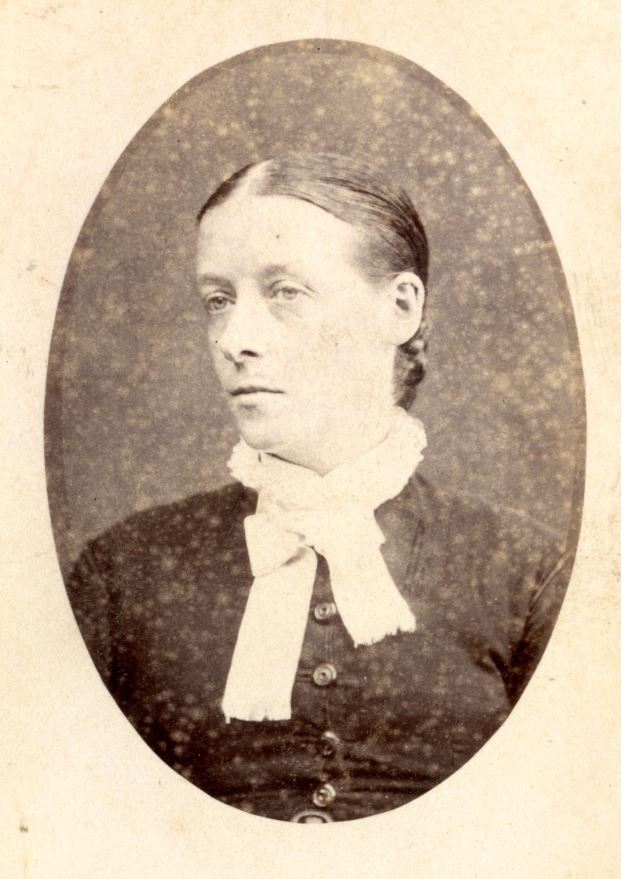
When Maria Matthews died in 1940 the local press reported that she was the first woman to serve on the Poor Law Board of Guardian but in reality, she was one of four trailblazing women so to do.
The Local Government Act of 1894 brought in reforms that allowed women to serve on parish and district councils. These reforms extended to the election of the Poor Law Board of Guardians and for the first time women were eligible to be guardians.
Elections took place in December 1894 and when the Poor Law Guardians met at the Stratton St. Margaret Workhouse on 2 January 1895 the names of four women were among their numbers.
Maria was the wife of master tailor Jesse Matthews. Together the couple ran two businesses, a tailor’s shop in Regent Street and a newsagent’s business in Fleet Street. Jesse had both a drink and gambling addiction and in 1886 was declared bankrupt. Maria headed their large family and business concerns alone after Jesse’s death in 1905.
The funeral took place on March 2, 1940 of Mrs Maria Matthews who died at her home in Kent Road aged 97 years old. The Rev Joseph Coombes conducted the service at Mrs Matthews’ former home and afterwards at Radnor Street Cemetery.

And then I was contacted by Shelley Hughes, a descendant of Maria’s, who supplied some of the above information.
Shelley writes: “I found Maria living with her Mapson (Mother’s brother) aunt and uncle in Wootton Bassett when she was just eight years old in 1841. I believe she was sent to live with them after her father died in 1838. Maria’s older brother (age 10), younger sister (age 6) and their grandmother continued to live with her mother in Cirencester. I just discovered on the 1841 census that Jesse Matthews and his family lived just a few houses away from Maria and her aunt and uncle. The age difference was considerable at the time with Maria age 8 and Jesse age 17, but they must have known each other.”
And in addition to this extra information, Shelley has sent me another fantastic photograph of Maria, Jesse and their family taken in around 1893, just a year before her election onto the Poor Law Board of Guardians.

You may also like to read:
2 thoughts on “The trail blazing Maria Matthews”